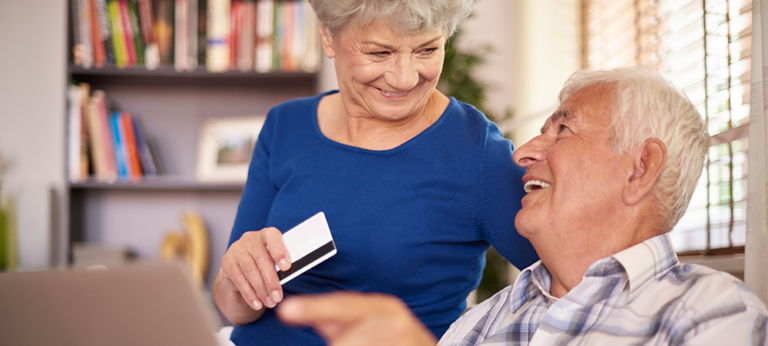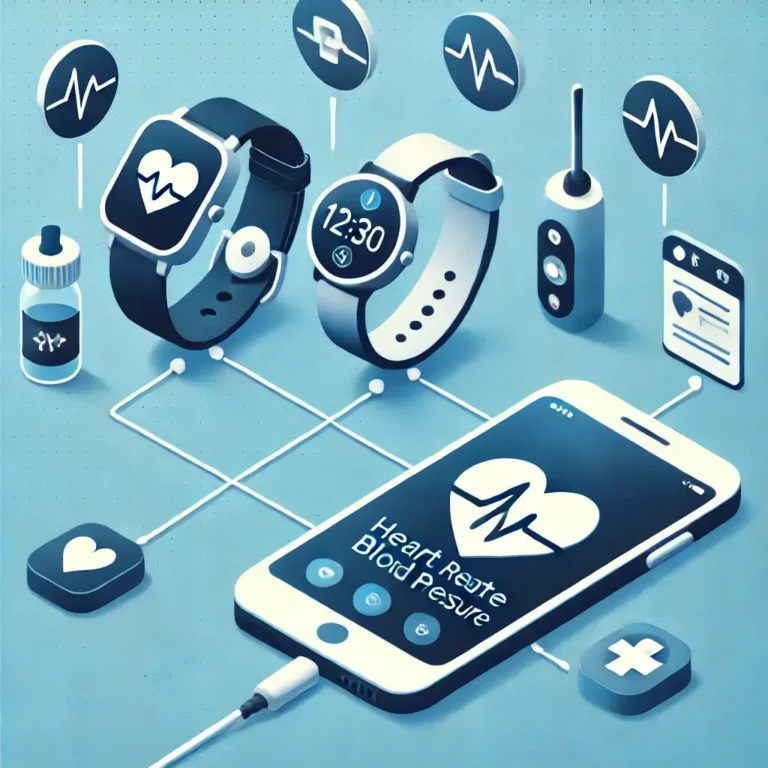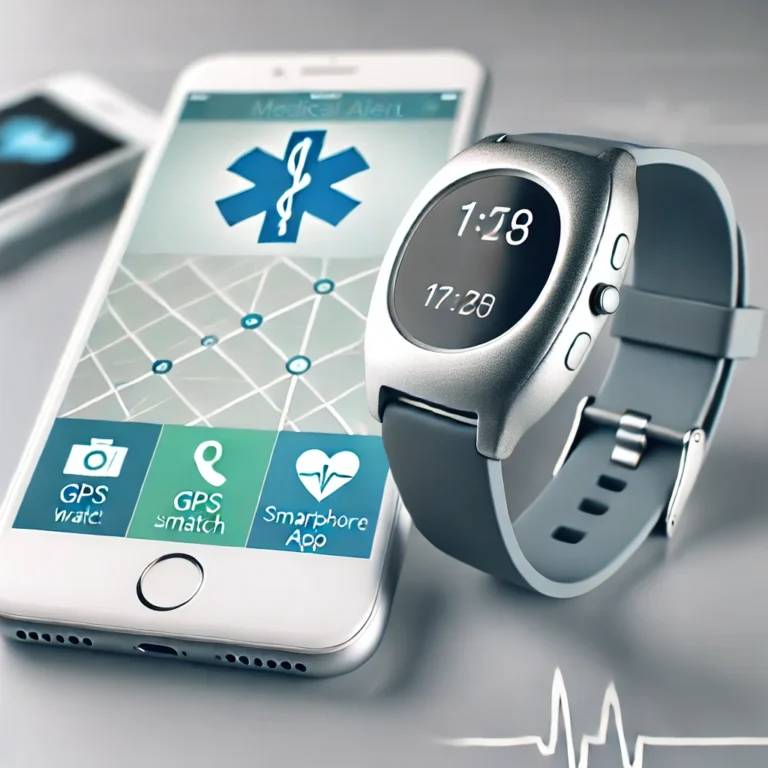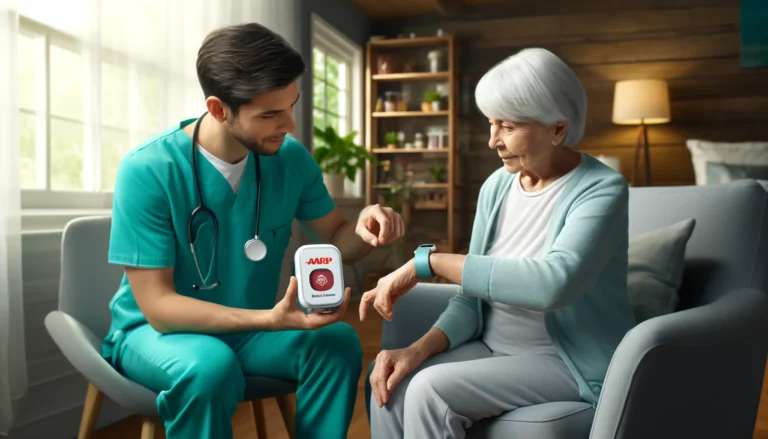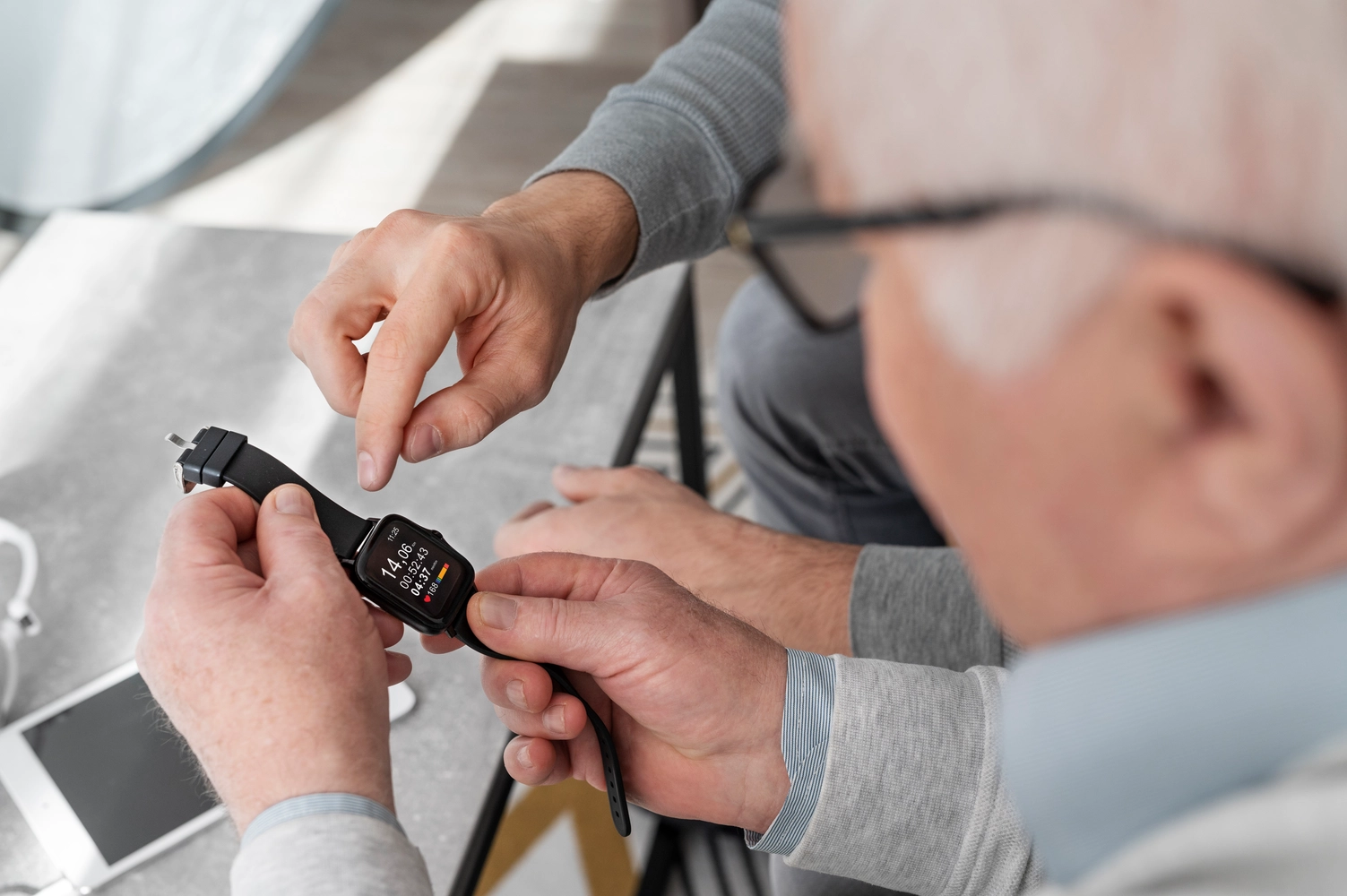
Falls are a serious concern for seniors, with nearly one in four adults over 65 experiencing a fall each year. These incidents are the leading cause of injury-related hospital visits among older adults, often resulting in fractures, head trauma, and a loss of independence.
Fall prevention is essential, not only to safeguard health but also to reduce the emotional and financial burdens they bring. Medical alert systems have emerged as a crucial tool in this effort, offering both immediate assistance and features designed to minimize fall risks.
Drawing from the PubMed study “Insights about Fall Prevention of Older Adults in the State of Hawaii,” this article examines how these systems support seniors in staying safe and secure.
Understanding Fall Risks
Falls among seniors often stem from a combination of physical, environmental, and lifestyle factors in senior health. Reduced Activities of Daily Living (ADL), such as difficulty walking or transferring from one position to another, and challenges with Instrumental Activities of Daily Living (IADL), like managing medications or household tasks, are among the primary indicators of heightened fall risk. As mobility and functional independence decline, the likelihood of accidents increases significantly.
Insights from Hawaii’s senior health data, as highlighted in the PubMed study, provide a clearer picture. Seniors with impaired ADLs or IADLs were shown to face greater risks due to decreased strength, balance, and coordination. Additionally, the study emphasized the role of environmental factors, such as poor lighting and trip hazards, which can exacerbate these vulnerabilities.
Understanding these risks is essential not only for prevention strategies but also for integrating tools like medical alert systems with fall detection that can proactively monitor and respond to fall-related incidents.
Medical Alert Systems as a Fall Prevention method
Medical alert systems do more than provide a response after a fall—they actively contribute to preventing falls and minimizing their impact. Equipped with features like fall detection sensors, these devices can automatically alert caregivers or emergency services if a fall occurs, ensuring that help arrives promptly. The ability to summon assistance immediately reduces the risks of prolonged immobility, which can lead to complications like hypothermia or pressure sores, making them one of the best medical alert systems with fall detection.
The Hawaii study highlights real-world cases where medical alerts made a difference. Seniors who used these systems experienced faster interventions and reported a greater sense of security, encouraging them to remain active without fear of falling. By bridging the gap between independence and safety, medical alerts provide a lifeline that both prevents and mitigates the effects of falls.
Combining Medical Alerts with Other Prevention Strategies
While medical alert systems are invaluable for fall response, their effectiveness grows when paired with measures that address the root causes of falls, a critical aspect of Hawaii senior care. Combining these systems with strategies targeting physical and environmental factors offers a comprehensive approach to keeping seniors safe.
Exercise Programs for Balance and Muscle Strengthening
Physical activity is a cornerstone of fall prevention. Programs like tai chi and yoga focus on improving balance, flexibility, and strength—key factors in reducing fall risks. These exercises promote better coordination and stability, making it easier for seniors to perform daily activities without fear of falling. Regular movement not only builds physical resilience but also boosts confidence, encouraging seniors to stay active and mobile.
Home Modifications
Creating a safer home environment is essential for effective fall prevention, as many falls occur in familiar surroundings. Simple changes, such as securing loose rugs, installing grab bars in bathrooms and staircases, and ensuring adequate lighting, can significantly reduce hazards. Decluttering walkways and rearranging furniture to improve accessibility further minimizes risks. These modifications are easy to implement yet provide immense benefits, allowing seniors to navigate their homes with greater security and independence.
Vision Checks
Vision plays a vital role in fall prevention. Poor eyesight can lead to misjudged steps and unnoticed obstacles, increasing the likelihood of accidents. Regular eye exams help identify and correct vision issues, ensuring seniors have clear sight and supporting overall senior health. Upgrades like anti-glare lenses or bifocals tailored for mobility, combined with well-lit living spaces, enhance visibility and reduce risks, especially in low-light conditions or uneven terrain.
Conclusion
Falls are a significant concern for seniors, but they are often preventable with the right approach. Medical alert systems provide an essential safety net, ensuring immediate assistance when needed. Coupled with balance-boosting exercise programs, home modifications to reduce hazards, and regular vision care, these tools create a comprehensive strategy to minimize risks and enhance quality of life.
Taking proactive measures not only prevents falls but also empowers seniors to live confidently and independently with the help of medical alert systems with fall detection. Whether it’s installing grab bars, joining a fitness class, or investing in a reliable medical alert system, every action contributes to greater safety and peace of mind.
Empower yourself or your loved ones to live confidently and safely. Prevention starts today!




